Remember the outcry back in 2016 when Porsche decided to forego normally aspirated power in favour of turbocharging for entry-level 911s?
I certainly do. I had just joined Autocar and What Car? as a junior road tester when the news came through that the era of the atmospherically fed 911 Carrera would be coming to an end. The mood in the office was a mix of disappointment and scepticism.
The feeling among the team was that Porsche was taking a pragmatic rather than a purist approach; that the sole objective behind moving to downsized turbocharged engines was to improve on-paper emissions and fuel economy figures, rather than to enhance performance. A very un-Porsche approach.
And yet when the 991.2-generation 911 Carrera arrived, those concerns proved overblown (excuse the pun). Yes, you could tell that the downsized 3.0-litre flat six was turbocharged, on account of its muted soundtrack, but the throttle response wasn’t far off its 3.4-litre predecessor’s, and its new-found mid-range grunt gave you the opportunity to play with and manipulate the chassis in a way that was simply not possible in the old car.
Now, with me having no preconceived notions of what a 911 should feel like, it’s perhaps unsurprising that I was enthusiastic about the first Porsche I had spent any real time with. But since then, I’ve been lucky enough to drive every subsequent road-going 911, including the high-revving naturally aspirated GT cars. And if I were to have just one 911 in my garage, it would have to be a forced-induction car – either a 991.2 T or a GT2. First impressions count.
So you can imagine my surprise (and unbridled excitement) when I got a last-minute phone call from Porsche GB’s PR team to ask if I would like to drive the very first turbocharged 911 at that weekend’s Goodwood Members’ Meeting, as part of a ‘high-speed demonstration’ to celebrate the 911’s 60th anniversary. With the car in question being the iconic 1974 RSR Turbo 2.1 (a racer designed to help Porsche market its new 930 Turbo road car by proving the abilities of a turbocharged 911 in competition), I didn’t need to be asked twice.

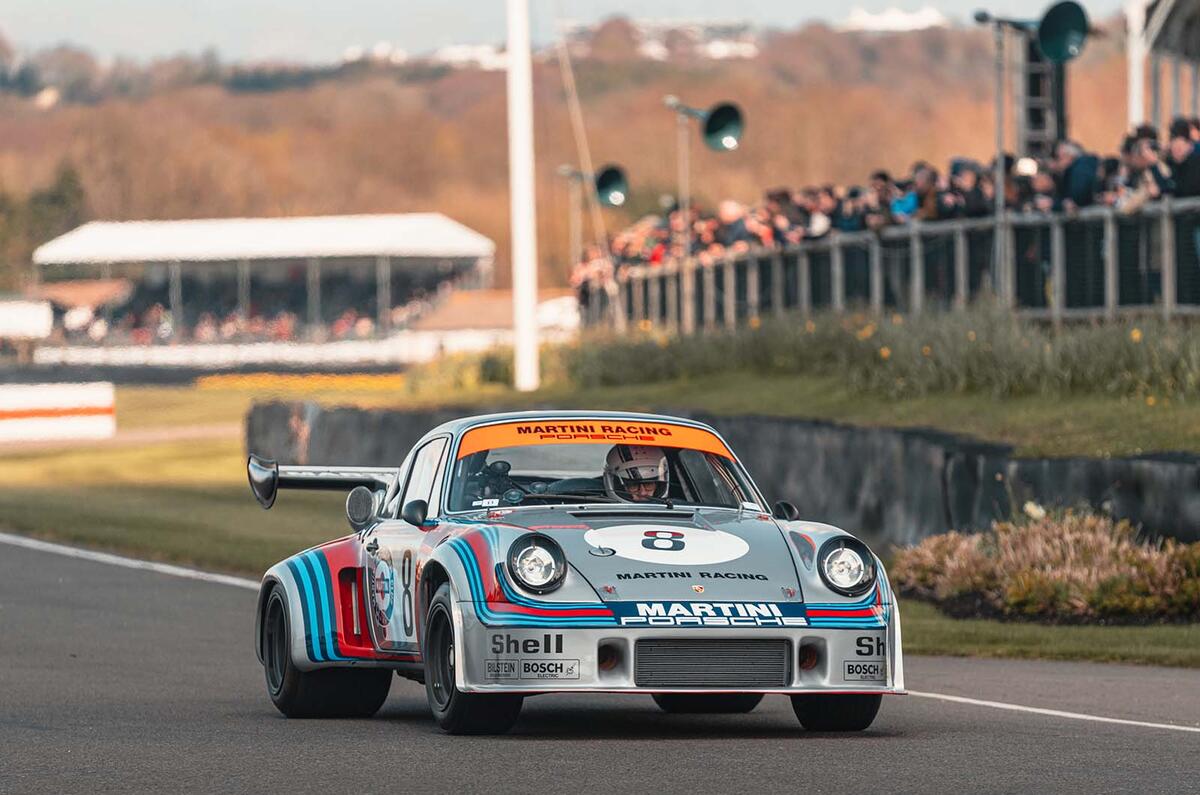
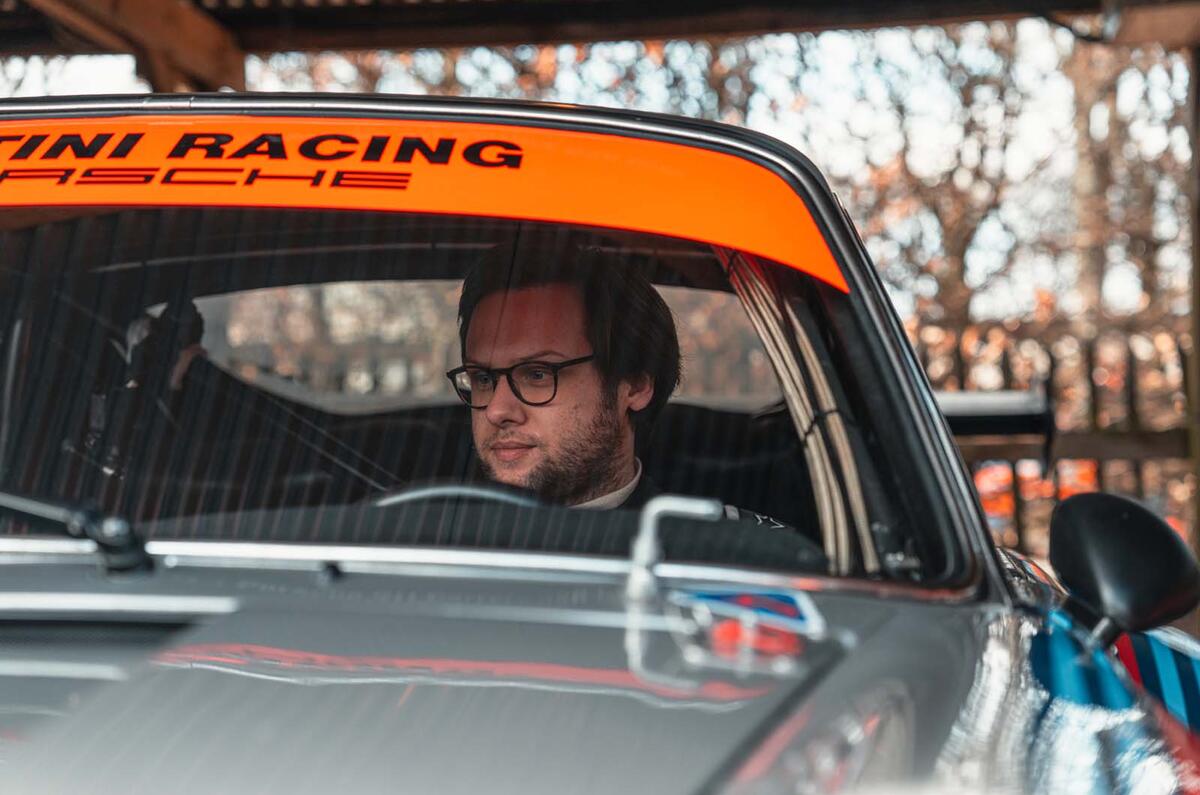
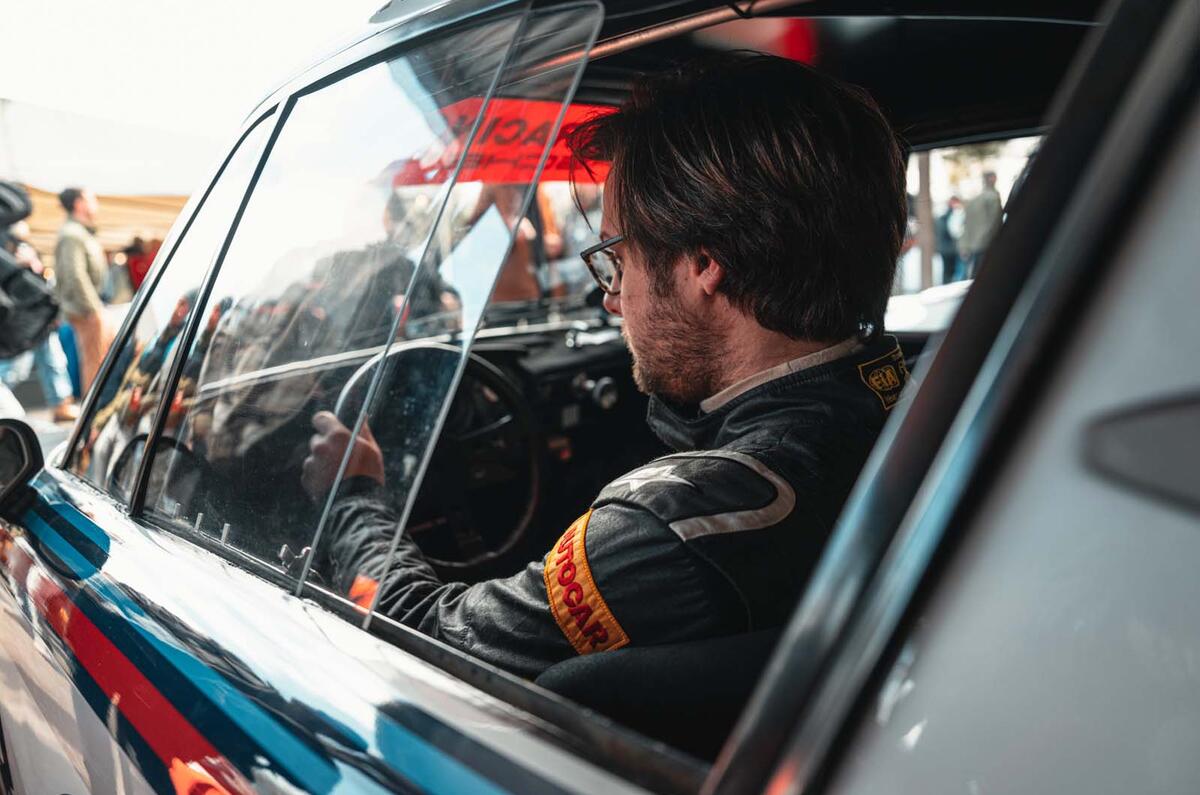
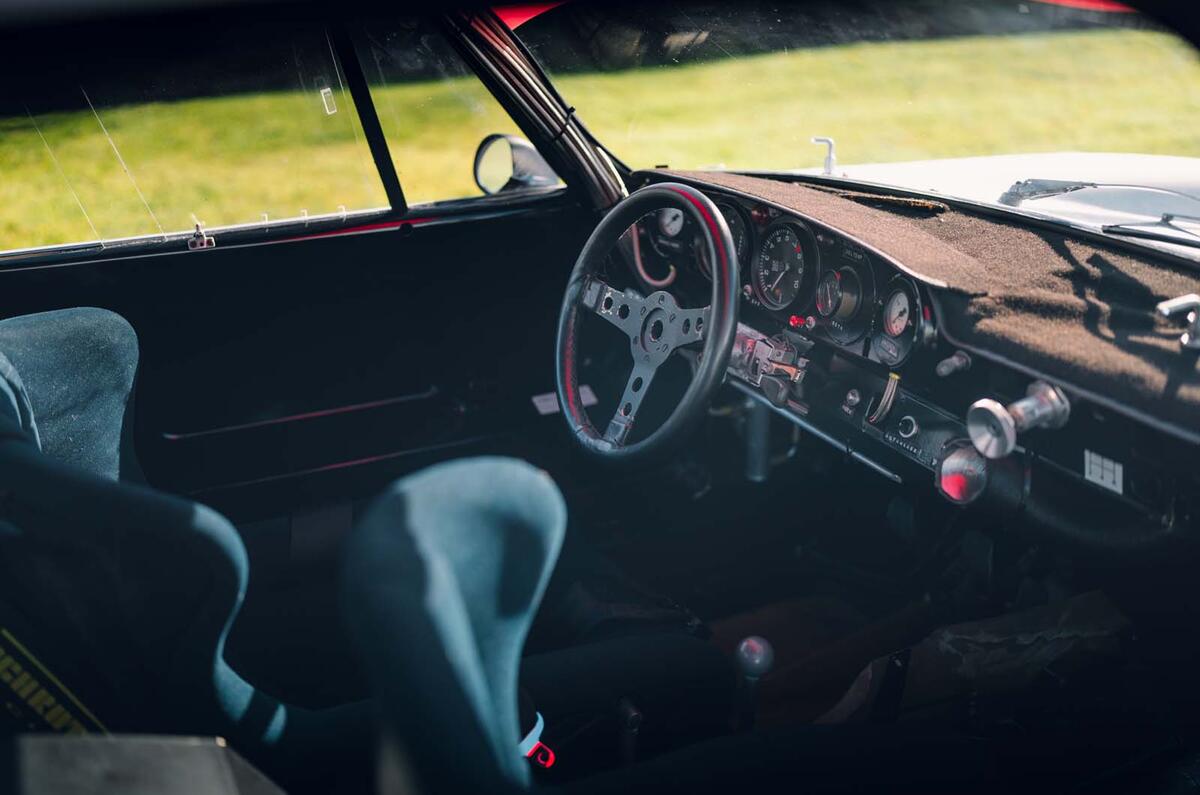
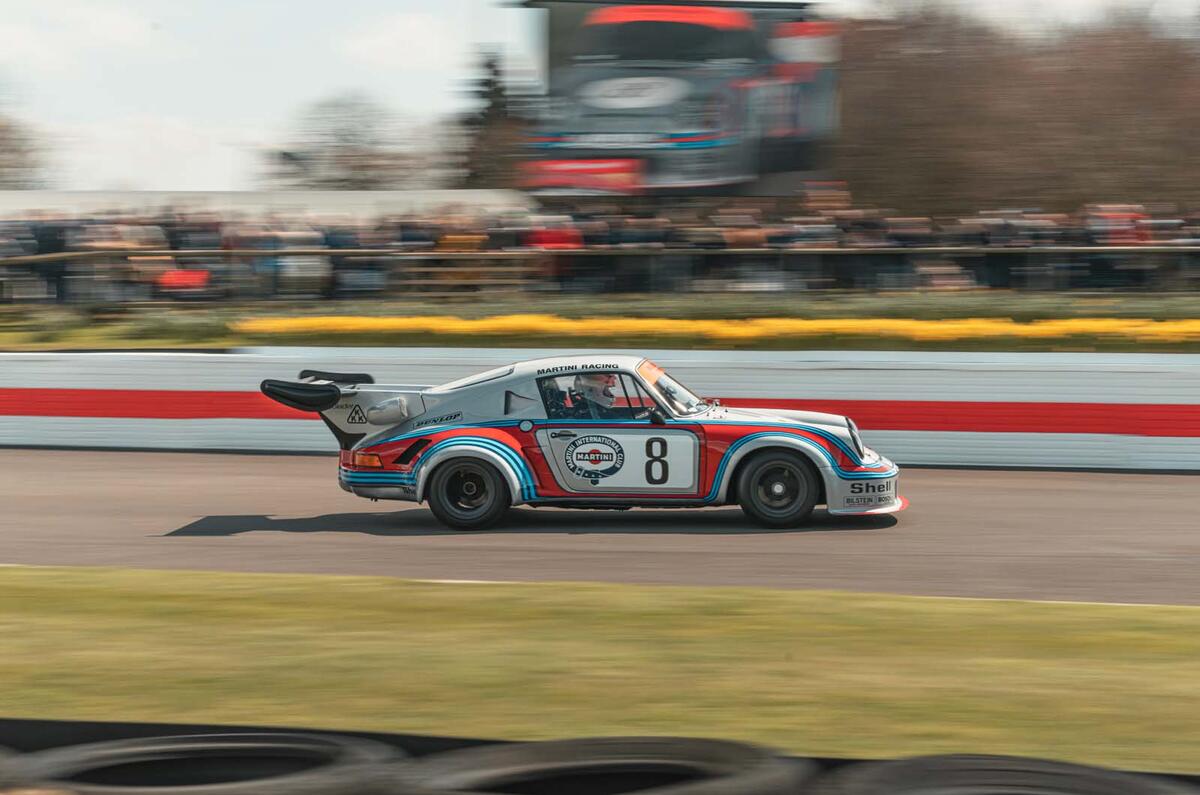
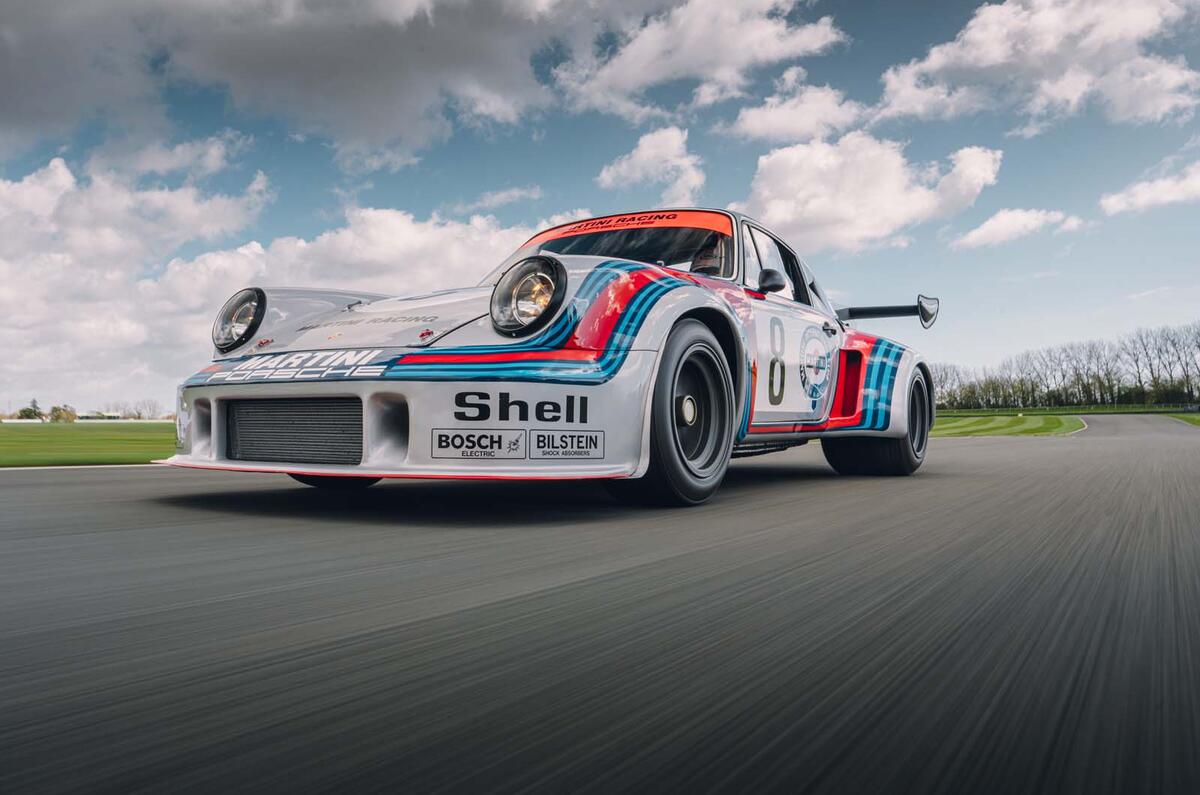



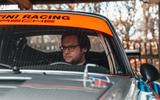

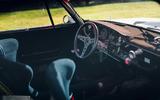
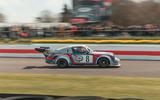
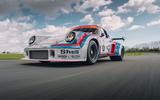
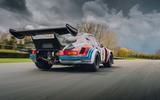
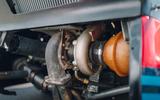




Join the debate
Add your comment
When I was young I had a card game with cars.
This car was the one that made the biggest impression on me.